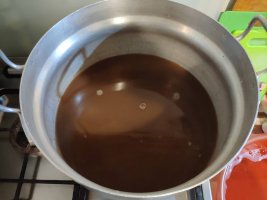For Malt, I'm guessing this honestly but going by what is in local stores I'm thinking between these:
#1 Golden Ale Malt (Polish craft beers were out of this world when I tried it a few years ago. hoping their malt is good too)
http://ugmb.site/tproduct/228543720-693847926361-golden-ale-malt-500-gr
#2 Pale Ale
http://ugmb.site/tproduct/228543720-381726521798-pale-ale-1-kg
#3 CaraMunich Type 3 Malt Caramel malt (Weyermann®)
http://ugmb.site/tproduct/228543720-512604093553-carabelge-malt-500-gr
Or change for stout-ish beer instead of light beer. They have a bunch of roasted and caramel flavors.
Definitely get #2 Pale Ale malt if you choose to go all grain. In the USA, we call this "2-row" and use it as a base malt for pretty much every recipe that doesn't use Pilsner malt instead... and can even be used in place of Pilsner malt in a pinch.
Darker recipes? Consider Roasted Barley (unmalted), Roasted Barley Malt, Chocolate malt, and some flaked oats. Add some wheat malt for those Wheat beers. Unlike the base malt, a little goes a long way with these darker grains, so you don't need alot on hand.
With the eight malts mentioned on this post, you can make dozens of recipes. Then you can dial-in what you like, and will have a better idea of what you need to keep on hand.








![Craft A Brew - Safale S-04 Dry Yeast - Fermentis - English Ale Dry Yeast - For English and American Ales and Hard Apple Ciders - Ingredients for Home Brewing - Beer Making Supplies - [1 Pack]](https://m.media-amazon.com/images/I/41fVGNh6JfL._SL500_.jpg)




























































